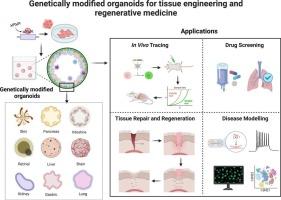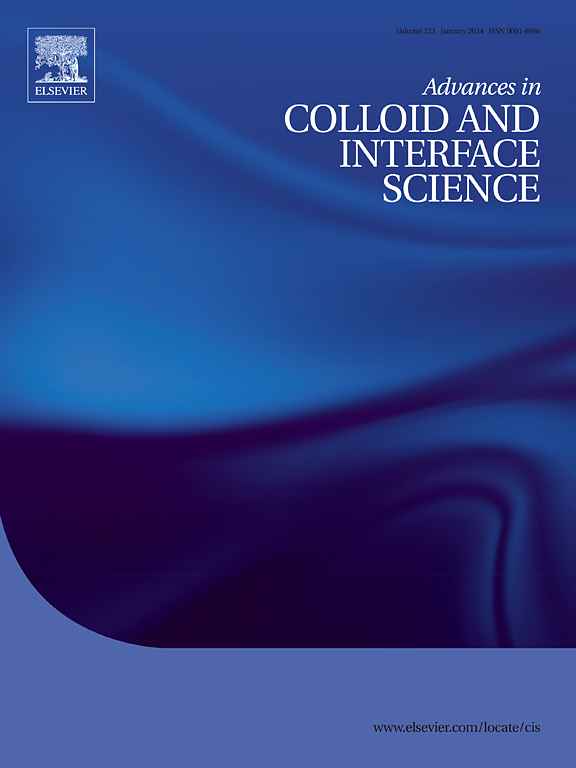用于组织工程和再生医学的转基因有机体。
IF 15.9
1区 化学
Q1 CHEMISTRY, PHYSICAL
引用次数: 0
摘要
迄今为止,转基因器官组织正在成为一种前景广阔的三维建模工具,旨在解决再生医学和组织工程中与基因相关的临床和生物医学问题。作为基因递送的最佳载体,转基因器官组织可通过病毒和非病毒基因转染方法增强或减少目标基因的表达,从而实现组织再生。动物实验和临床前研究证明,转基因类器官组织在胸腺、泪腺、脑、肺、肾、光感受器等器官再生的各个方面都发挥着有益的作用。此外,该技术还为法布里病、非酒精性脂肪性肝炎和林奇综合征等多种疾病提供了潜在的治疗方案。然而,转基因的安全性不确定、类器官应用的风险以及目前转基因类器官的仿生学仍面临挑战。本综述总结了近年来对转基因类器官的研究,介绍了转基因类器官的转染方法和功能,并详细介绍了其应用。此外,还介绍了转基因器官组织的局限性和未来的发展方向。本文章由计算机程序翻译,如有差异,请以英文原文为准。

Genetically modified organoids for tissue engineering and regenerative medicine
To date, genetically modified organoids are emerging as a promising 3D modeling tool aimed at solving genetically relevant clinical and biomedical problems for regenerative medicine and tissue engineering. As an optimal vehicle for gene delivery, genetically modified organoids can enhance or reduce the expression of target genes through virus and non-virus-based gene transfection methods to achieve tissue regeneration. Animal experiments and preclinical studies have demonstrated the beneficial role of genetically modified organoids in various aspects of organ regeneration, including thymus, lacrimal glands, brain, lung, kidney, photoreceptors, etc. Furthermore, the technology offers a potential treatment option for various diseases, such as Fabry disease, non-alcoholic steatohepatitis, and Lynch syndrome. Nevertheless, the uncertain safety of genetic modification, the risk of organoid application, and bionics of current genetically modified organoids are still challenging. This review summarizes the researches on genetically modified organoids in recent years, and describes the transfection methods and functions of genetically modified organoids, then introduced their applications at length. Also, the limitations and future development directions of genetically modified organoids are included.
求助全文
通过发布文献求助,成功后即可免费获取论文全文。
去求助
来源期刊
CiteScore
28.50
自引率
2.60%
发文量
175
审稿时长
31 days
期刊介绍:
"Advances in Colloid and Interface Science" is an international journal that focuses on experimental and theoretical developments in interfacial and colloidal phenomena. The journal covers a wide range of disciplines including biology, chemistry, physics, and technology.
The journal accepts review articles on any topic within the scope of colloid and interface science. These articles should provide an in-depth analysis of the subject matter, offering a critical review of the current state of the field. The author's informed opinion on the topic should also be included. The manuscript should compare and contrast ideas found in the reviewed literature and address the limitations of these ideas.
Typically, the articles published in this journal are written by recognized experts in the field.

 求助内容:
求助内容: 应助结果提醒方式:
应助结果提醒方式:


